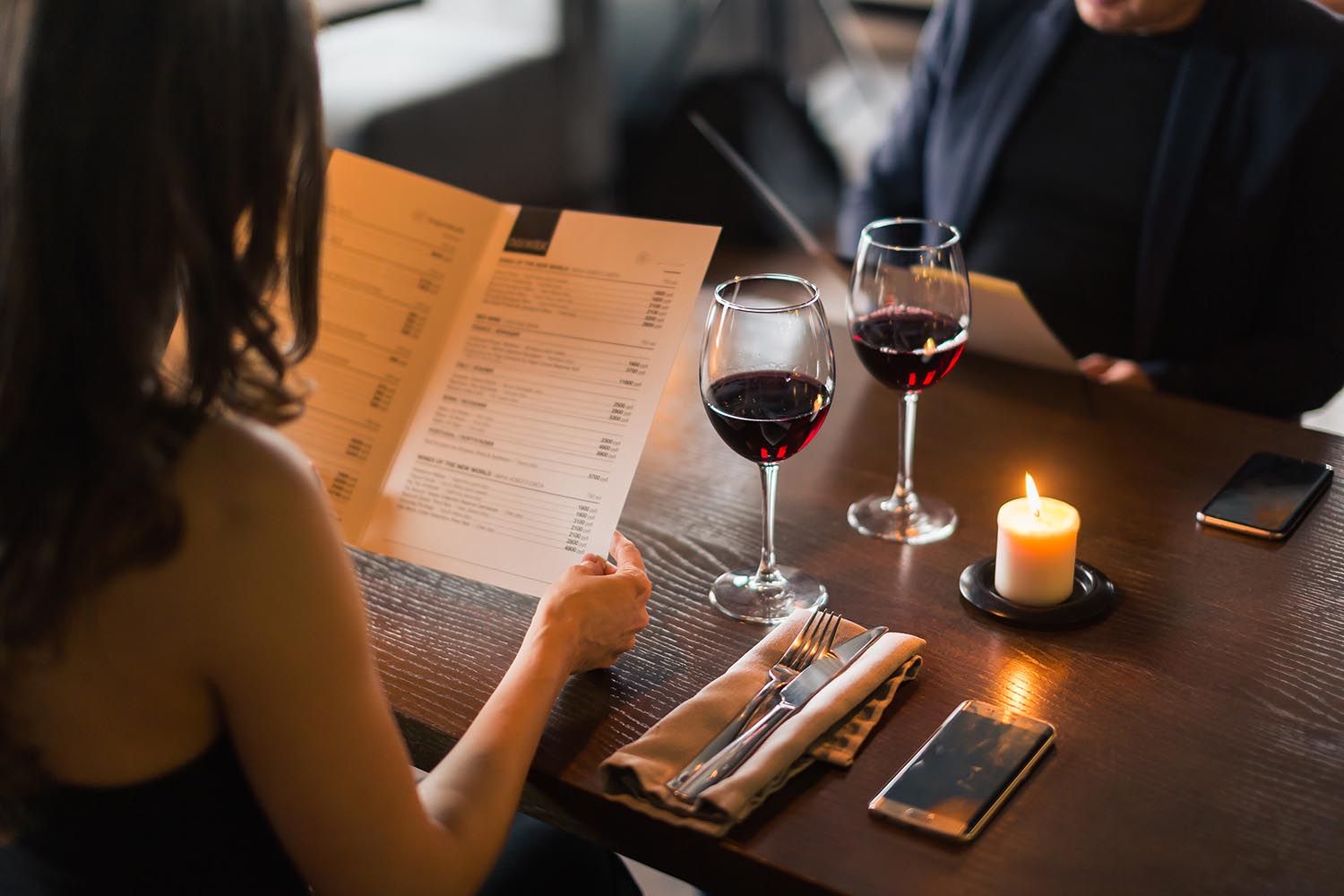As a restaurant operator, you know your menu is not just a list of dishes. It is one of the most important sales tools in your business. The right menu guides guest choices, reinforces your brand, and improves margins with every order. Done poorly, it leaves money on the table. Done well, it can transform your operation into a more profitable and efficient business.
That is where menu engineering and menu design come in. One measures profitability, the other shapes guest choices, and together they turn menus into reliable profit centers.
What Is Menu Engineering & What Can It Do For Your Restaurant?
Menu engineering is the process of analyzing your menu items based on two key factors: profitability (the margin each dish contributes) and popularity (the frequency of sales). Combining these factors reveals which dishes contribute to your bottom line and which may be hindering your growth.
The most common framework groups items into four categories:- Stars – High profitability and high popularity. These are your best performers. They should be promoted and highlighted wherever possible.
- Plow Horses – Lower profitability but high popularity. Guests love them, but margins are thin. Adjust portion sizes, raise prices slightly, or pair them with higher margin sides or drinks to improve performance.
- Puzzles – High profitability but low popularity. The margins are there, but sales are not. These often require better placement on the menu, stronger descriptions, or additional staff support to facilitate upselling.
- Dogs – Low profitability and low popularity. They often add complexity without driving value. Consider removing them to simplify your kitchen and focus attention on stronger items.
Most operators use Gross Profit as the baseline metric.
Gross Profit Formula
Gross Profit = Net Sales – COGS (food cost)
For example, if the average entrée on your menu generates an $8 gross profit, any item above $8 is considered high profit, and anything below is low profit. Once you calculate gross profit for each dish and compare it to sales data, you can quickly see where every menu item falls.

Menu Engineering Best Practices
Menu engineering is not a one-time project; it's an ongoing process. It works best when you review data regularly, often once a quarter. Food costs fluctuate, sales trends shift, and customer preferences evolve. A dish that was once a Star can quickly slip into Plowhorse territory if ingredient costs rise or competitors launch something more compelling. Keeping your data current is the key to staying ahead.
The strongest results emerge when you integrate engineering into your operating rhythm. Monitor food costs closely, track items that are losing margin, and make adjustments before they hurt profitability. Simplify low-profit, labor-intensive dishes that slow down service and shift attention to the menu items that consistently deliver results. Regular, proactive updates keep your menu lean, profitable, and easier for both your guests and your staff.
Menu engineering shows you what is profitable on paper, but profitability also depends on what guests choose in practice. That is where menu design comes in.
Restaurant Menu Design: How to Guide Choices and Improve Margins
If menu engineering is about numbers, menu design is about psychology. Guests rarely read a menu word for word. Their eyes instinctively jump to certain areas, they compare prices subconsciously, and subtle design choices influence what they order. A well-designed menu enables you to guide those choices toward items that enhance profitability.Menu design works best when you tap into the psychology of your guests. Here are some proven strategies that influence choices and improve margins:
- Use the Golden Triangle to highlight Stars. Position your most profitable items in the middle and upper right corner so guests see them first and order them more often.
- Anchor prices to influence perception. Start with a higher-priced item so mid-tier options feel like a better value and sell more consistently.
- Add a decoy to steer choices. Introduce a premium version of a dish to drive sales toward the mid-tier item with the best margins.
- Write descriptions that sell. Use words like “hand-crafted” or “farm fresh” to build perceived value and increase sales by 20 to 30 percent.
- Limit choices to boost confidence. Simplify menus so guests decide faster, feel more satisfied, and are more likely to order profitable items.
- Leverage colors and materials to set the mood. Use red to stimulate appetite, black for sophistication, and green for freshness. Incorporate tactile elements, such as textured paper or leather, to reinforce your brand and elevate the experience.
How Forte Helps with Menu Engineering and Design
Menu engineering relies on understanding which dishes sell most frequently and how staff members influence those sales. Forte’s Operational Intelligence makes that information clear by showing you item-level sales performance across your operation.
With Operational Intelligence, you can:
- Identify which menu items sell the most, so you can focus your promotions and placement accordingly.
- Track staff upselling performance and identify who consistently drives sales of key items.
- Spot underperforming items quickly so you can decide whether to rework, reposition, or remove them.
- Connect item sales to broader patterns, such as guest demand and daypart trends.
Want to see how this works in action? Check out Operational Intelligence or request a demo to explore how Forte can help you optimize sales.




SHARE